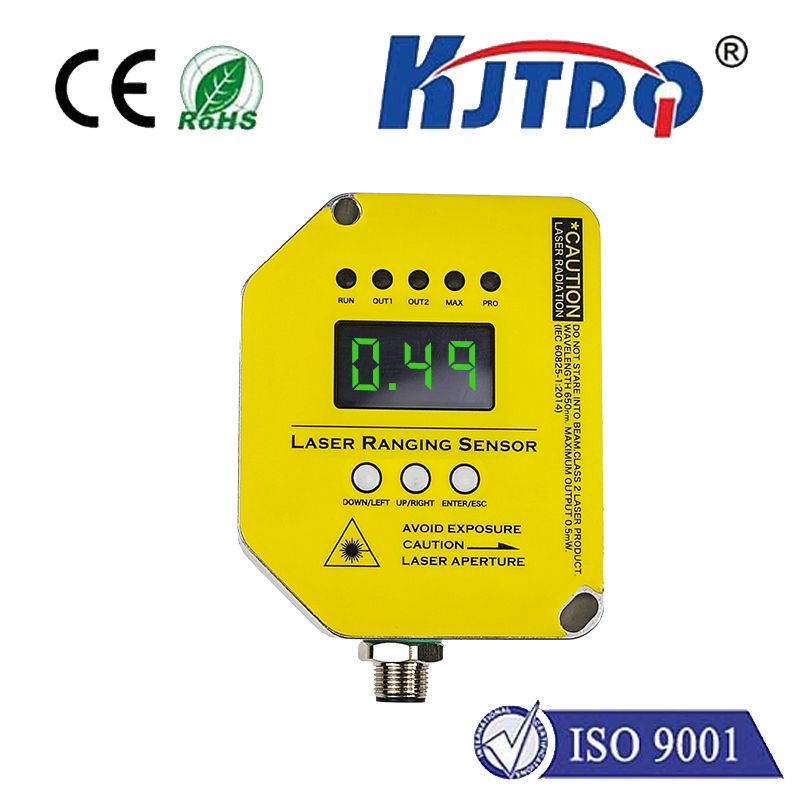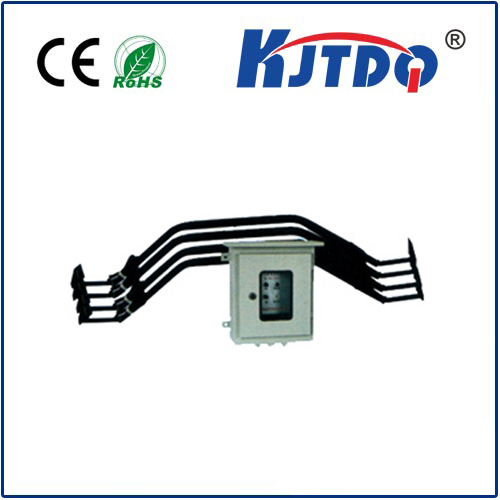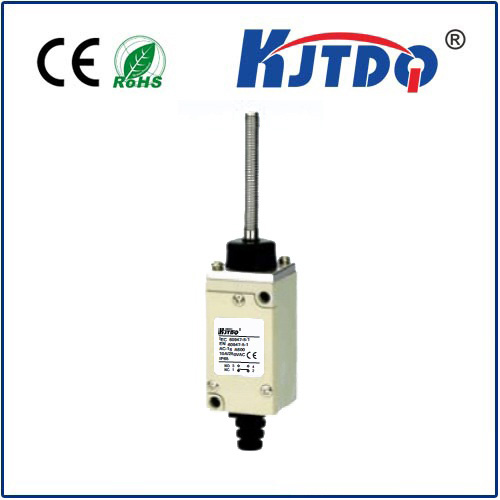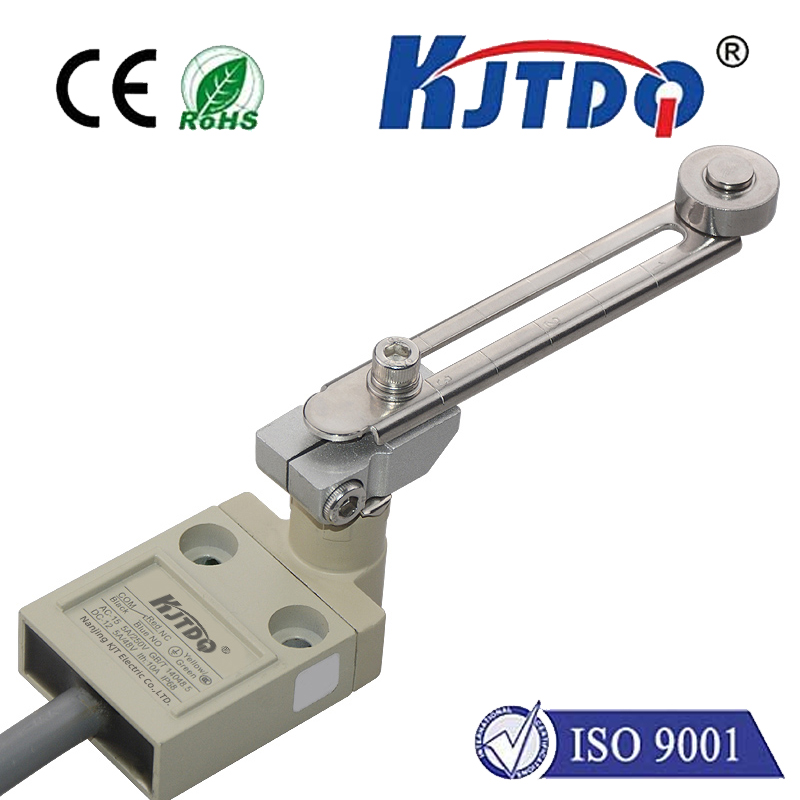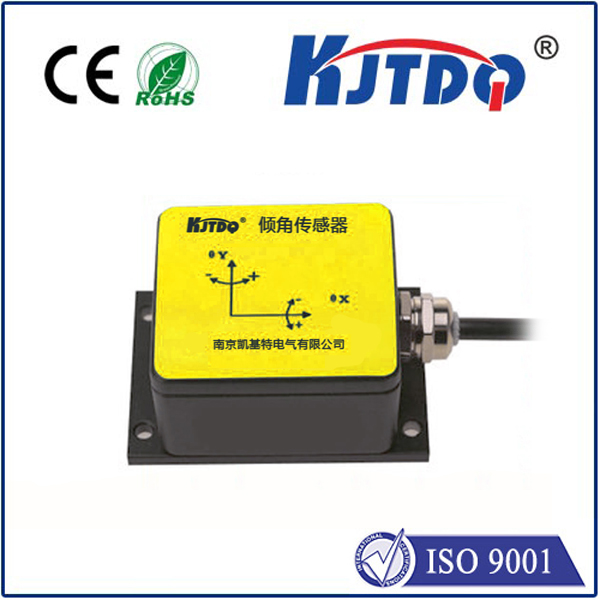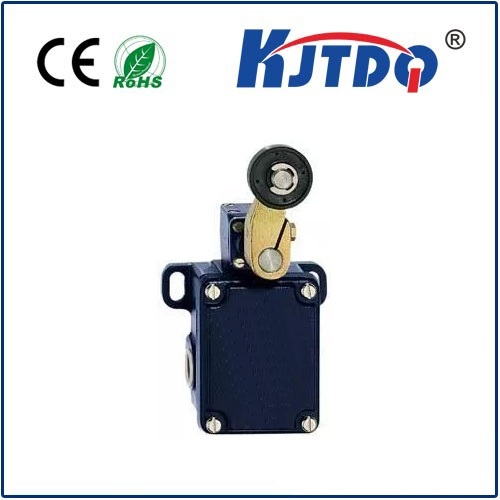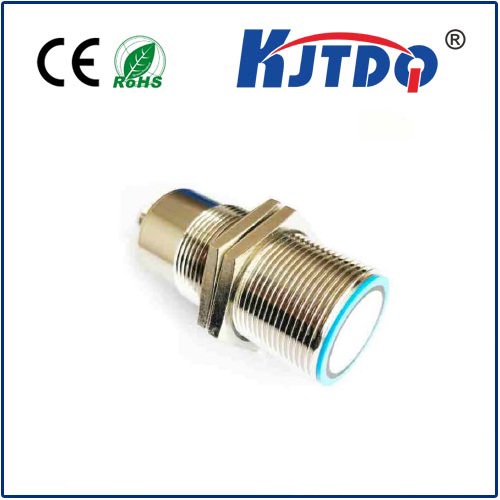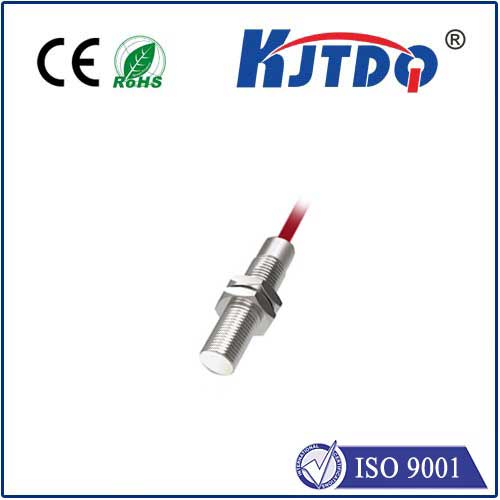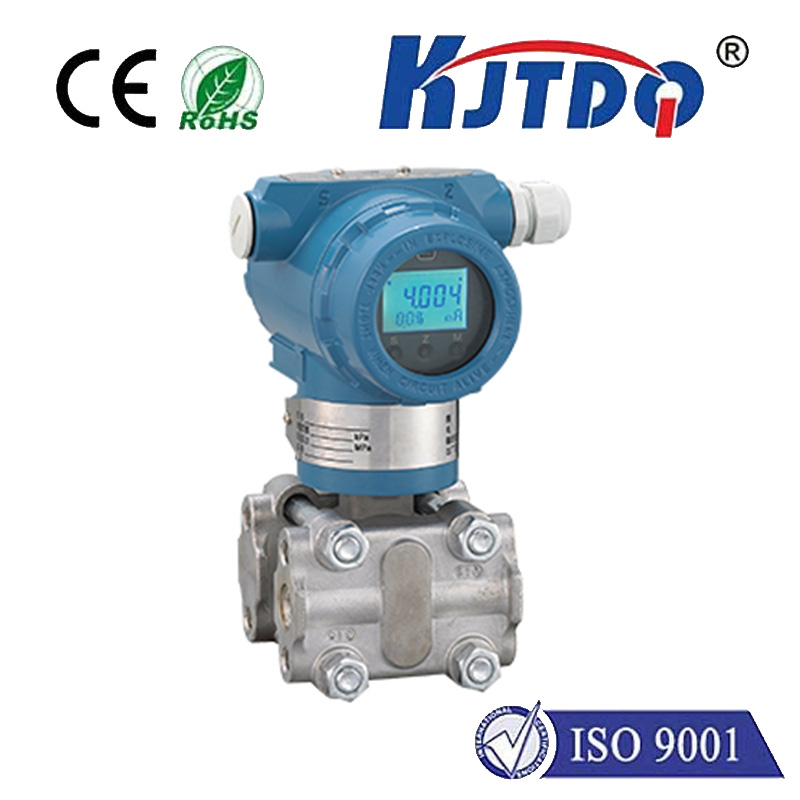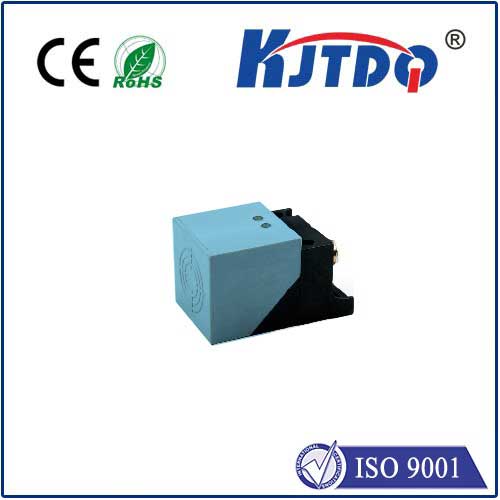

check

check

check

check

check

check

check

check

check

check
Electronic proximity sensors, also known as EPCOS, are small devices that use electromagnetic fields to detect the presence or absence of objects. These sensors are widely used in various applications due to their high accuracy, low power consumption, and compact size. In this article, we will explore how electronic proximity sensors work, their applications in different industries, and the benefits they offer.
Part 1: How Electronic Proximity Sensors Work
An electronic proximity sensor consists of two parts: a transmitter and a receiver. The transmitter generates an alternating magnetic field, which travels through space. When the magnetic field encounters an object, it disrupts the flow of current in the metal conductors inside the object. This disruption creates an electric current that flows back to the receiver. The receiver measures the strength and direction of the electric current to determine whether an object is present or not.
The distance between the transmitter and receiver determines how accurately the sensor can detect objects. As the distance increases, the signal strength decreases, resulting in a decrease in detection accuracy. However, modern EPCOS can accurately detect objects from distances of up to several meters with minimal interference from other electronic devices.
Part 2: Applications of Electronic Proximity Sensors
1. Automotive Industry: Electronic proximity sensors are used in various automotive systems, including door locks, fuel pumps, and alarm systems. They help ensure the safety and security of passengers and vehicles by detecting when doors are opened or closed and triggering alerts if any unauthorized access occurs.
2. Industrial Automation: EPCOS are used in industrial automation systems to control machinery and equipment. For example, they can be used to detect when a machine is running out of material, preventing damage to the machine and reducing downtime.
3. Healthcare: Electronic proximity sensors can be used in healthcare applications such as blood glucose monitors and insulin pumps. They help patients maintain accurate blood sugar levels by detecting when their insulin pump needs to be administered.
4. Security: Electronic proximity sensors are commonly used in security systems to detect intruders and trigger alerts when someone enters a restricted area. They can also be used to track the movement of people within a building, providing valuable data for security personnel to respond to potential threats.
Part 3: Benefits of Electronic Proximity Sensors
1. Accurate Detection: EPCOS offer high accuracy when detecting objects, ensuring reliable performance in various applications.
2. Low Power Consumption: These sensors consume very low power compared to other detection methods, making them energy-efficient and cost-effective.
3. Compact Size: Despite their powerful capabilities, electronic proximity sensors are designed with compact sizes that make them easy to install in tight spaces without compromising performance.
4. Easy Integration: EPCOS integrate seamlessly with existing systems, allowing users to add them quickly and easily to their applications without requiring extensive modifications or reprogramming.
